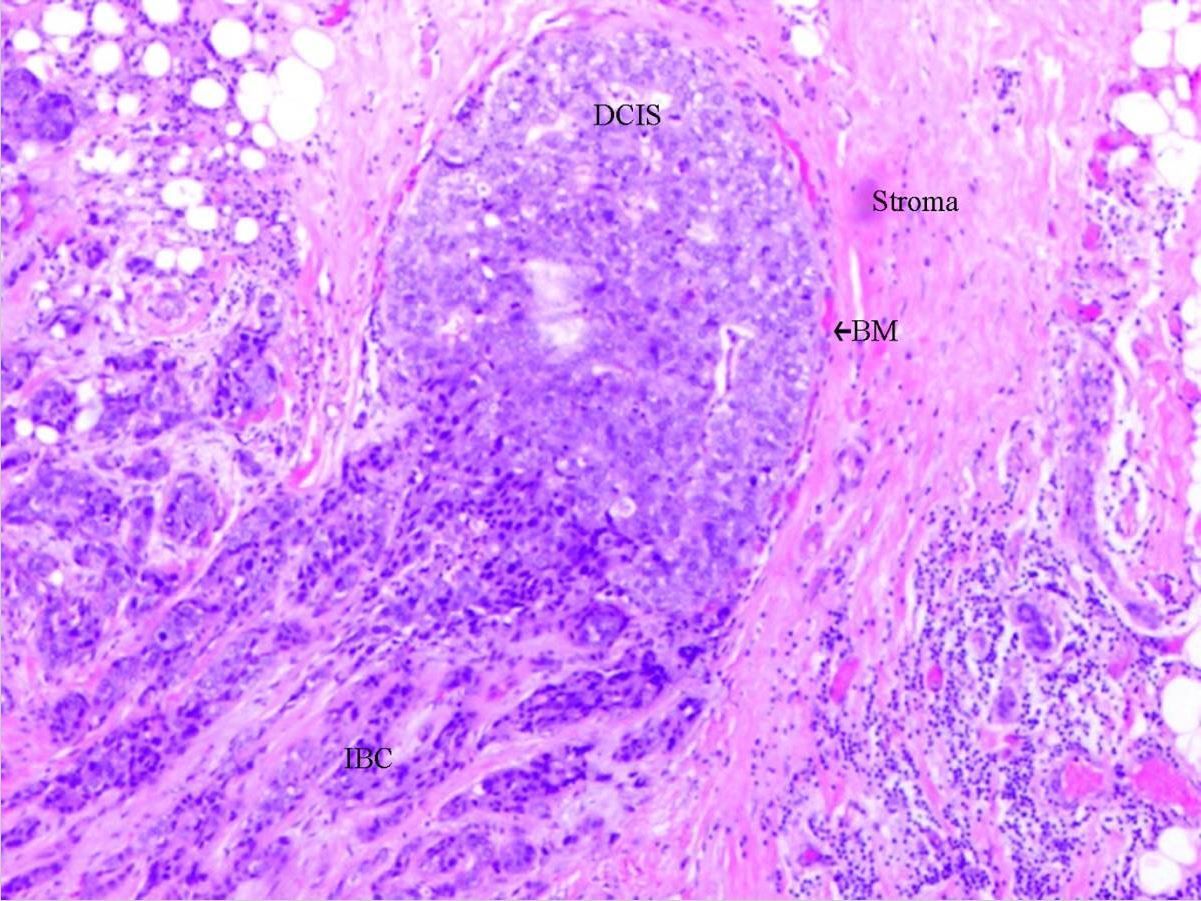Playlist
Show Playlist
Hide Playlist
Breast Cancer: Epidemiology & Risk Factors
-
Slides Breast Female Repro.pdf
-
Download Lecture Overview
00:01 Epidemiology: One of eight women, incidence. 00:04 Rarely before age of 25. 00:06 Average age, postmenopausal 64. 00:09 Most common cause of breast mass in postmenopausal women. 00:13 Look for postmenopausal. 00:14 Frequently where do you find this once again? Upper outer quadrant because of all this increased tissue. 00:21 Keep in mind, when I was walking through your risk factors for postmenopausal, you must be thinking about a patient most likely with that increase in estrogen, how does that increase estrogen possible postmenopausal if she’s not having a menstrual cycle. 00:36 She’s probably obese. 00:40 So therefore adipocytes with the increased aromatization. 00:43 I brought up that point before. 00:44 Do not forget this again. 00:47 Epidemiology: Well, the genetics, BRCA1, BRCA2 is involved and Li–Fraumeni. 00:53 What does that mean to you? This would then mean the p53 has been suppressed. 00:58 And so therefore if p53 has been knocked out understand that your patient, not only does she have a primary breast cancer, she might have a primary lung cancer, probably a pancreatic cancer, primary GI cancer. 01:11 These are not metastases. 01:12 Primary, primary, primary, primary. 01:14 Multiple malignancies, welcome to Li–Fraumeni and p53 might be often involved with suppression. 01:22 Breast cancer here in clinical findings, I’ve mentioned a few times that I would tell you where you’d find your tumors in general on the breast. 01:30 Let me set up this picture for you. 01:33 On the right, you’ll see the overall picture of a female's sagittal view with the nipple being on the left and then breast being underlying. 01:44 What I’ve done is taken the breast and then enlarged it on the left picture. 01:48 So now here’s your patient, looking at you anteriorly. 01:52 And then here in the outer quadrant, you’ll notice here that majority or greatest percentage of your tumors let it be fibroadenoma, let it be breast cancers and such, Risk factors for breast cancer: First-degree female relative. 02:08 The next risk factors all deal with increased estrogen exposure. 02:14 Obesity, we talked about obese women with aromatization. 02:19 If there is association of contralateral breast or perhaps endometrium. 02:25 Early menarche, late menopause. 02:26 Nulliparous women. 02:28 Non-breastfeeding has shown statistically to increase risk of breast cancer. 02:32 Age older than 30 and those who have had their first child. 02:38 And then, true, statistically, there’s a lot of controversy as to whether or not exogenous estrogen is a possible risk factor for breast cancer. 02:50 You should know it as yes. 02:52 For example, hormone replacement therapy specifically. 02:56 That’s what I’d like for you to focus upon with risk factor. 02:59 Postmenopausal, if you’re a female, wishes to then opt for hormone replacement therapy and all the pros and cons had been weighed out. 03:08 She’s at risk for breast cancer or perhaps endometrial cancer. 03:12 So I do wish to point that out to you. 03:15 There’s an awful lot of research on whether or not estrogen itself is going to be a risk factor. 03:21 But as far as you’re concerned, yes, especially for hormone replacement therapy.
About the Lecture
The lecture Breast Cancer: Epidemiology & Risk Factors by Carlo Raj, MD is from the course Reproductive Pathology: Breast Disease with Carlo Raj. It contains the following chapters:
- Epidemiology of Breast Carcinoma
- Risk Factors of Breast Carcinoma
Included Quiz Questions
Which of the following is NOT a common risk factor for breast carcinoma?
- Breastfeeding
- Polycystic ovarian disease
- Age older than 30 years for first live birth
- Nulliparity
- Obesity
Why is obesity in postmenopausal women a risk factor for breast cancer?
- Aromatization of androstenedione in adipose tissue
- Increased mass of breast tissue in obesity
- Decreased ability to produce tumor suppressor proteins
- Unknown mechanism
- Decreased estrogen levels associated with obesity
Customer reviews
5,0 of 5 stars
| 5 Stars |
|
1 |
| 4 Stars |
|
0 |
| 3 Stars |
|
0 |
| 2 Stars |
|
0 |
| 1 Star |
|
0 |
I really recommend it. Really punctual and easy to remember, this was a really hard topic for me to remember.





